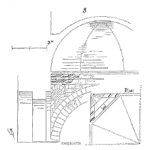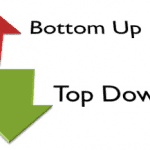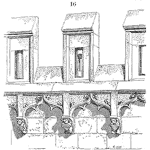Problems and Solutions
In this article, we use problems and solutions to learn about FMEA controls. In the intermediate problem, we continue examining the door latch-pin failure of the DC-10 cargo door, as an example to identify FMEA controls. In the advanced problem, we analyze a fictitious FMEA relating to potential safety of someone trying to unjam a snowblower.






 Nothing is worse than being in a meeting that completely wastes your time. Hopefully those meetings have been eliminated as part of the steps to making you, the maintenance professional, more effective. For the meetings that you could not eliminate, the meetings need to be effective, reducing wasted time and delivering benefits to the business.
Nothing is worse than being in a meeting that completely wastes your time. Hopefully those meetings have been eliminated as part of the steps to making you, the maintenance professional, more effective. For the meetings that you could not eliminate, the meetings need to be effective, reducing wasted time and delivering benefits to the business.





 Ask a question or send along a comment.
Please login to view and use the contact form.
Ask a question or send along a comment.
Please login to view and use the contact form.